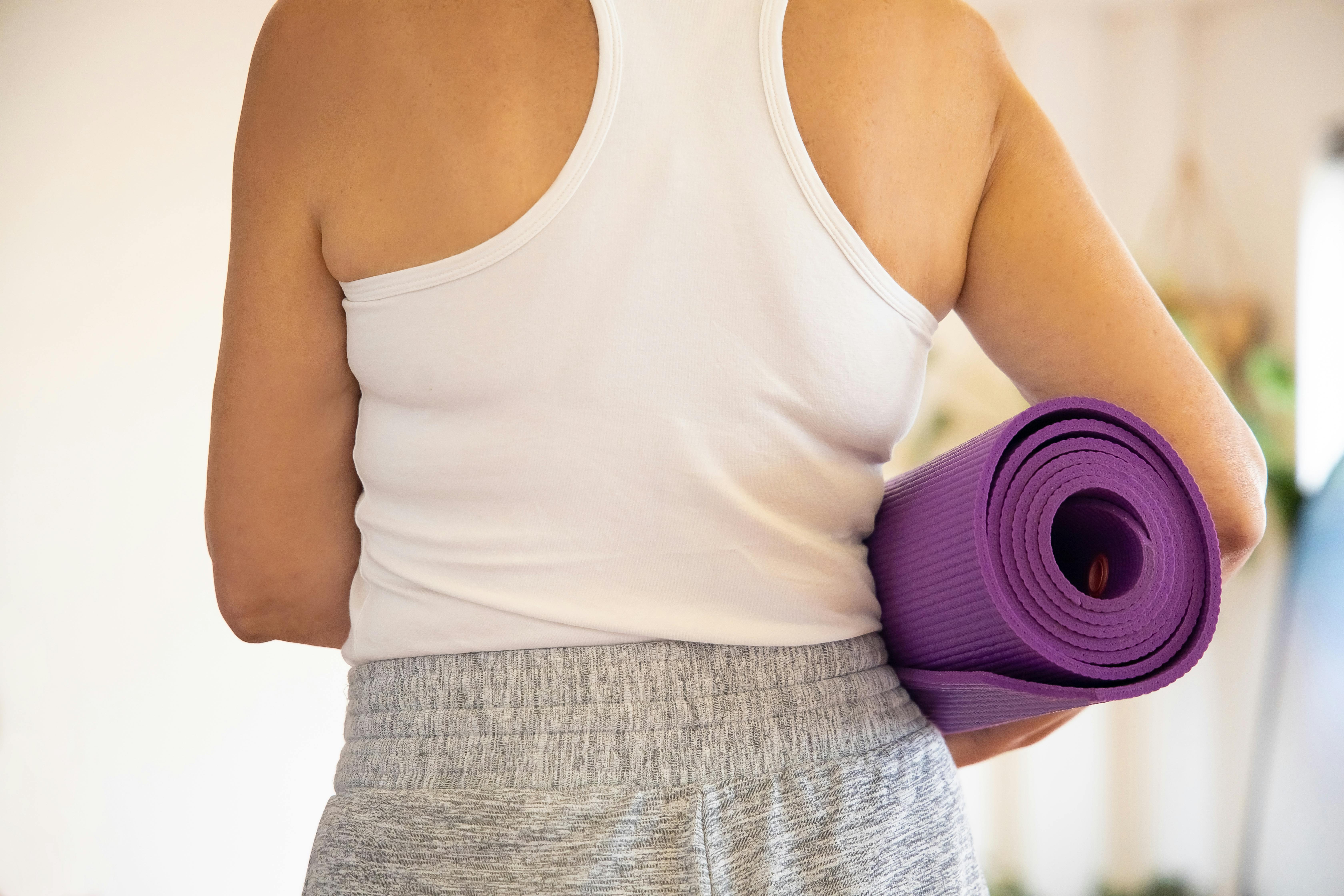The lungs are the essential organs of the respiratory system in people and in many different creatures, including a couple of fish and some snails. In warm-blooded creatures and in most different vertebrates, two lungs are located near the spine on either side of the heart. Its ability in the respiratory system is to extract oxygen from the climate and transfer it to the circulation system, and discharge carbon dioxide from the circulatory system to the environment, in a gas trading procedure. Respiration is driven by various strong frames in various species. Well-evolved creatures, reptiles, and feathered creatures use their distinctive muscles to aid and cultivate relaxation. In early tetrapods, the pharyngeal muscles brought air into the lungs by pumping the mouth, a component still found in creatures on land and in water. In people, the main breathing muscle that powers respiration is the stomach. Also, the lungs give off a current of wind that makes vocal sounds, including human speech, conceivable.
The tissue of the lungs can be affected by various diseases, such as pneumonia and lung tumor. Constant obstructive aspiration disease incorporates incessant bronchitis and so-called emphysema, it can be identified with smoking or the introduction of destructive substances, for example, coal dust, asbestos filaments and crystalline silica dust. Ailments, for example bronchitis, can also influence the respiratory tract. Medicinal terms that are identified with the lung regularly begin with pulmo-, from the Latin pulmonius (of the lungs) as in pneumology, or with pneumo- (from the Greek πνεÏ ?? μων “lung”) as in pneumonia.
In embryonic enhancement, the lungs begin to create as an outlet from the foregut, a tube that moves forward to shape the upper part of the stomach-related framework. By the time the lungs are formed, the baby is kept in the fluid-filled amniotic sac, so it cannot relax. Also, blood is redirected from the lungs through the ductus arteriosus. During labor, in any case, air begins to pass through the lungs and the bypass tube closes, so that the lungs can begin to breathe. The lungs are completely created in early youth.
Humans have two lungs, a right lung and a left lung. They are located within the thoracic cavity of the thorax. The right lung is larger than the left, which shares space in the chest with the heart. Together, the lungs weigh about 1.3 kilograms (2.9 pounds) and the right one is heavier. The lungs are part of the lower respiratory tract that begins in the trachea and branches out to the bronchi and bronchioles, and receives the air aspirated through the conductive zone. The conductive zone ends in the terminal bronchioles. These are divided into the respiratory bronchioles of the respiratory zone that divide into alveolar ducts that give rise to microscopic alveoli, where gas exchange occurs. Together, the lungs contain approximately 2,400 kilometers (1,500 miles) of airways and 300 to 500 million alveoli. Each lung is enclosed within a pleural sac that allows the inner and outer walls to glide over each other as you breathe, without much friction. This sac also divides each lung into sections called lobes. The right lung has three lobes and the left two. The lobes are further divided into segments and bronchopulmonary lobes. The lungs have a unique blood supply, receiving deoxygenated blood from the heart in the pulmonary circulation in order to receive oxygen and release carbon dioxide, and a separate supply of oxygenated blood to the lung tissue, in the bronchial circulation.

